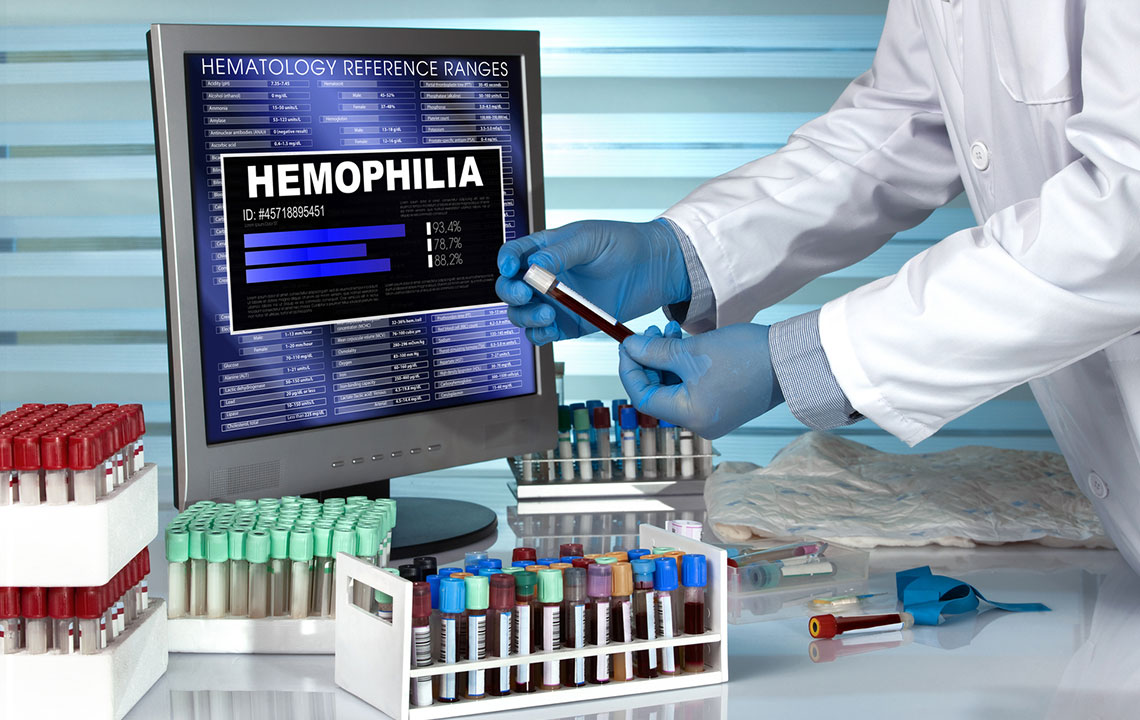4 effective tips to better manage hemophilia
Hemophilia is a rare hereditary disorder that affects the blood’s natural ability to clot. It becomes difficult to stop the bleeding caused by even the slightest injury without clotting factor VIII proteins. According to the CDC, an estimated 1 in 5000 newborn males develops hemophilia. There’s no cure for the condition. But it’s possible to restart the clotting factor function with prescriptions, healthy food habits, lifestyle changes, and preventive care.

Treatment options for hemophilia
Replacing the missing clotting factor is one of the best ways to treat hemophilia. Prescriptions like Hemlibra® reintroduce coagulation factors in the blood to help lower the risk of bleeding. The FDA has also approved the use of recombinant factor concentrates that are genetically engineered using DNA to make the human clotting factor proteins. Kovaltry® is another alternative prescription antihemophilic factor suggested for people with hemophilia A.
Nutritious foods to eat regularly with hemophilia
Iron is crucial for maintaining proper hemoglobin levels in the blood. Also, one must replenish all the iron lost due to abnormal bleeding triggered by hemophilia. Lean red meats, seafood, liver, beans, peas, eggs, spinach, kale, broccoli, Bok choy, fortified snacks, and even dried fruits are rich in iron. Iron intake should also be supplemented with vitamin C for better nutrient absorption. It is also beneficial to include more lean protein sources like chicken, turkey, fish, eggs, beans, and tofu. Low-fat milk, cheese, Greek yogurt, and foods fortified with calcium also help supplement vital joints’ growth and development to better sustain injuries.
Lifestyle changes that help manage the bleeding
Regular low-intensity exercise and physical activity can help build muscles to protect the joints. Adults must also avoid using pain relievers for headaches or body pain, as they can trigger bleeding in some cases of hemophilia A. Doctors may suggest that patients stop using blood-thinning prescriptions that prevent the clotting factors from sealing the wound. It’s also essential to maintain good oral dental hygiene to reduce the risk of gum infections and tooth decay that could trigger bleeding in the mouth. Overall, it is crucial to protect children with hemophilia from any injuries that can stimulate bleeding.
General tips for preventive care
Taking preventive measures helps prevent mishaps that could lead to complications with hemophilia. Doctors recommend annual screenings and checkups to understand the bleeding disorder better. The main focus here should be on treating those bleeds early in the diagnosis. Vaccination also helps prevent diseases and disorders that could worsen the bleeding.




